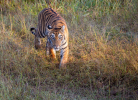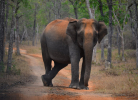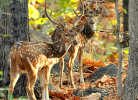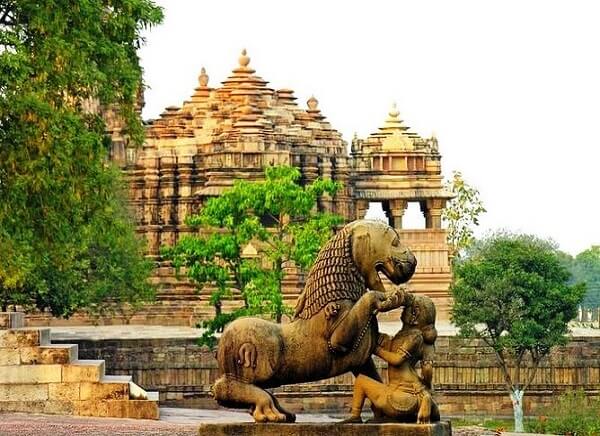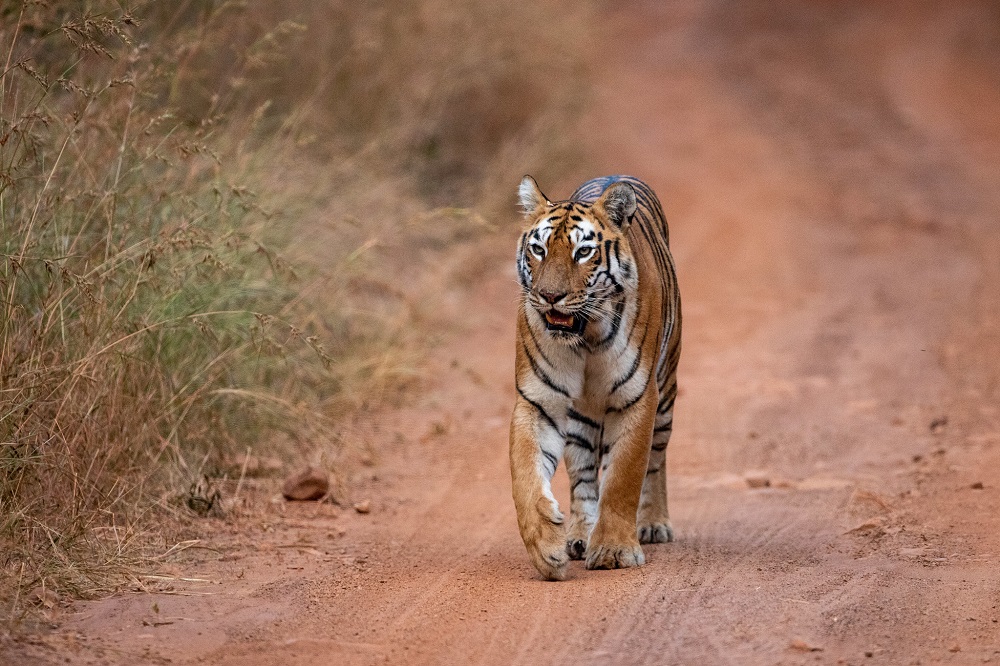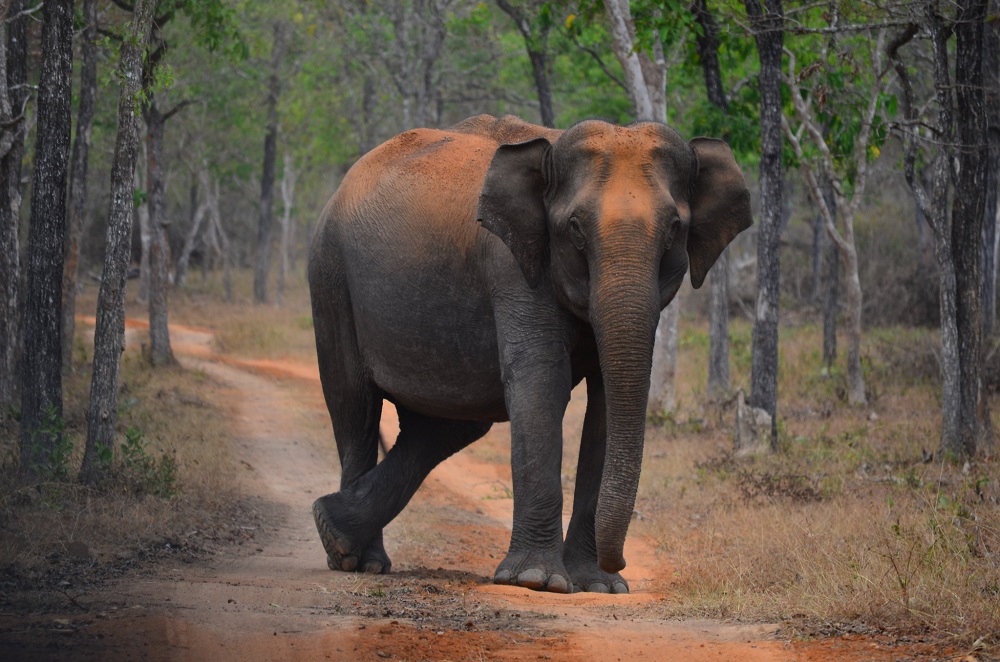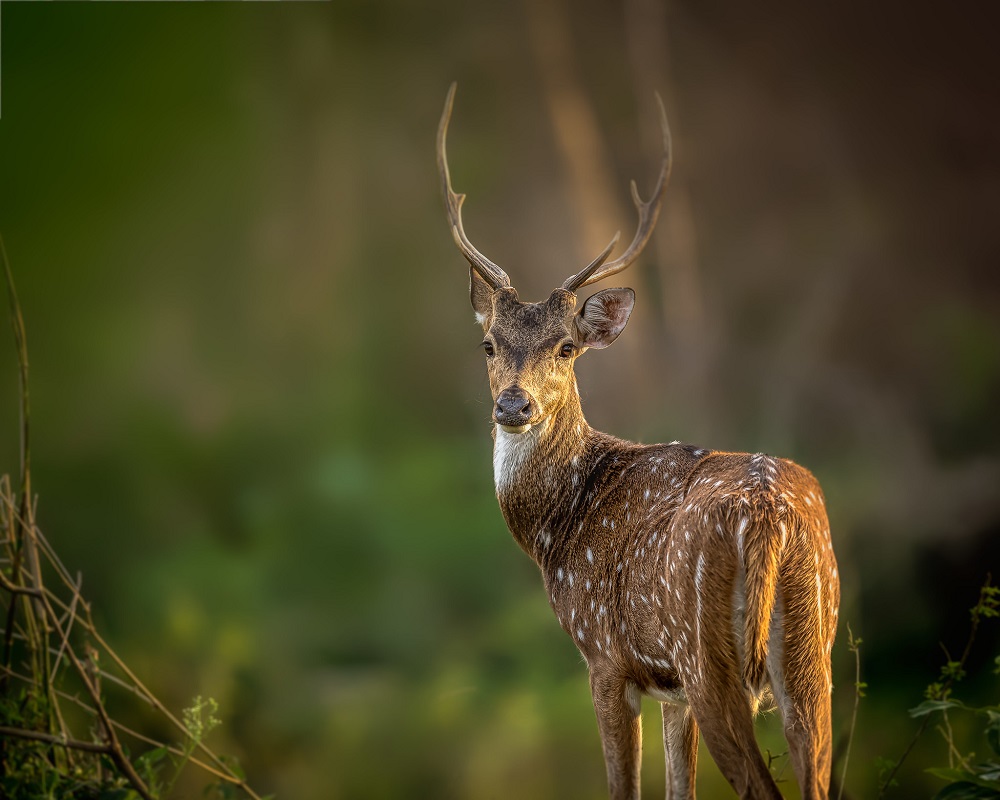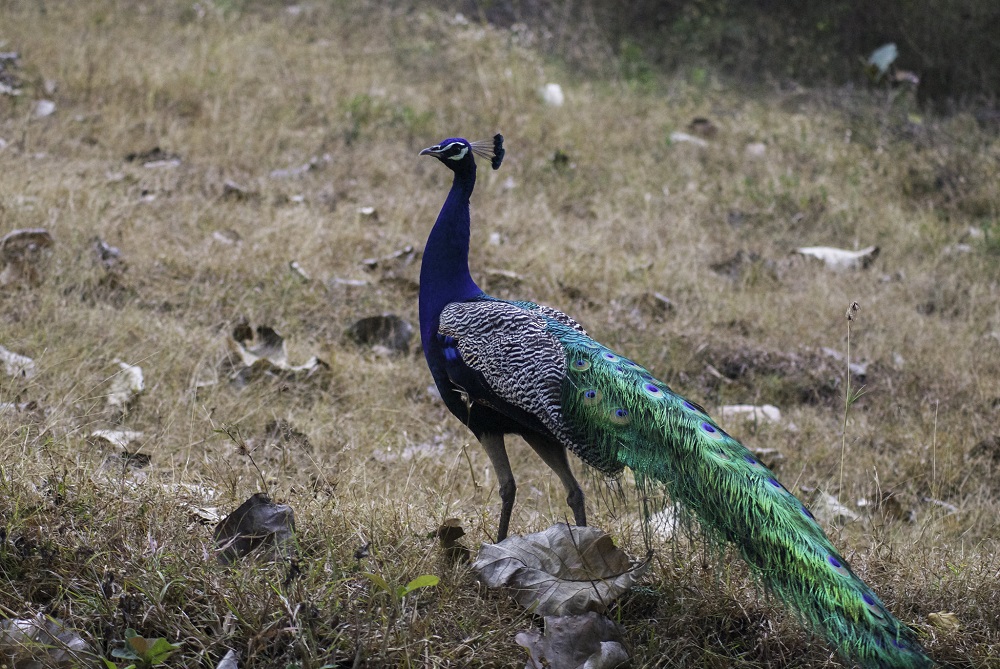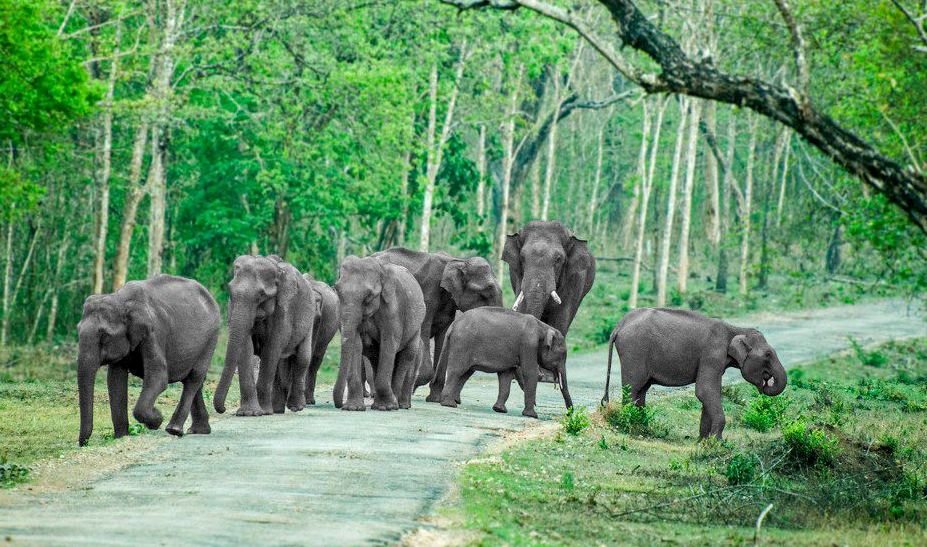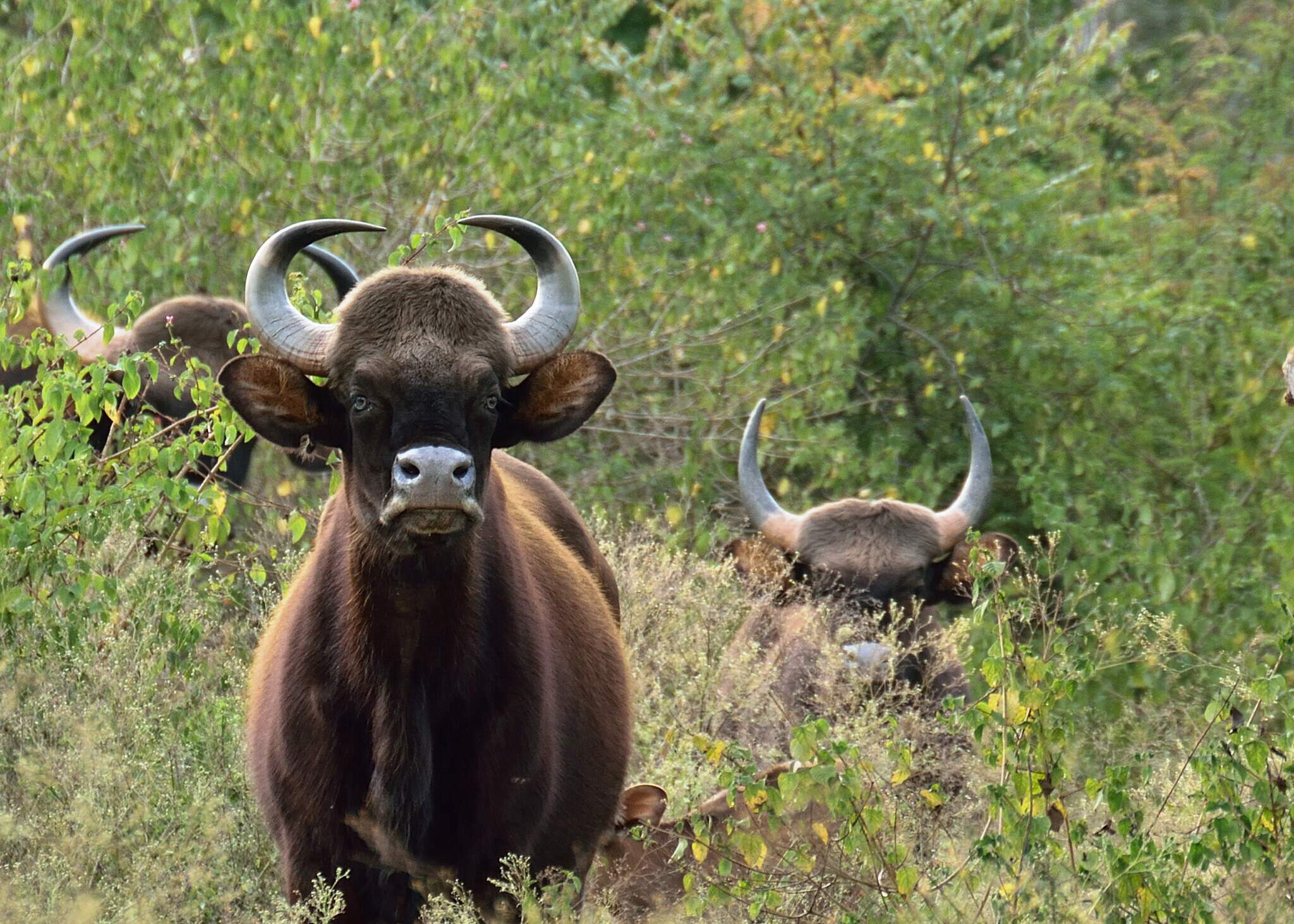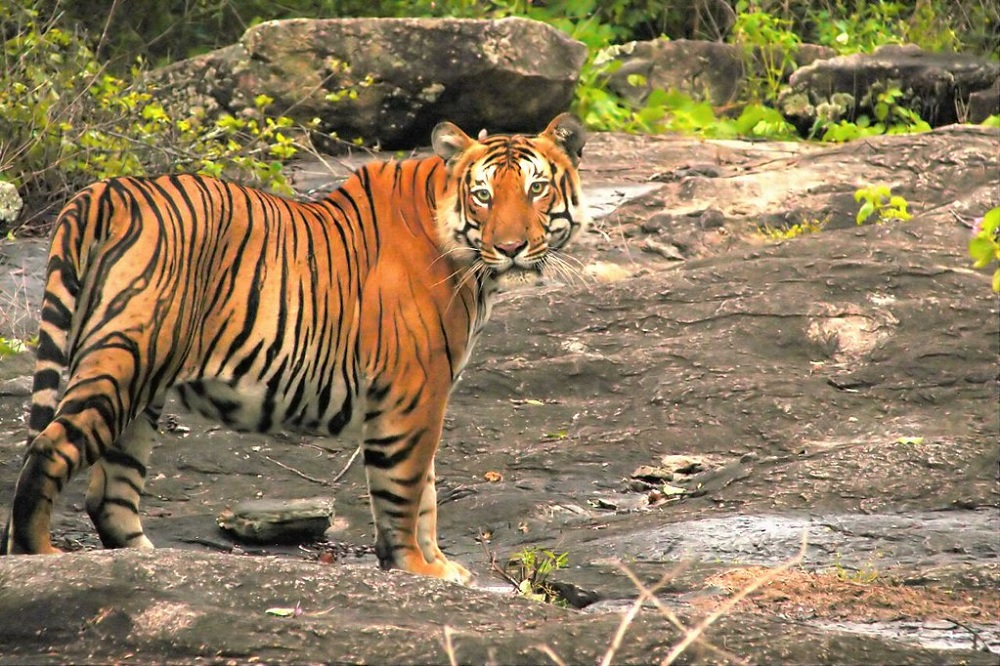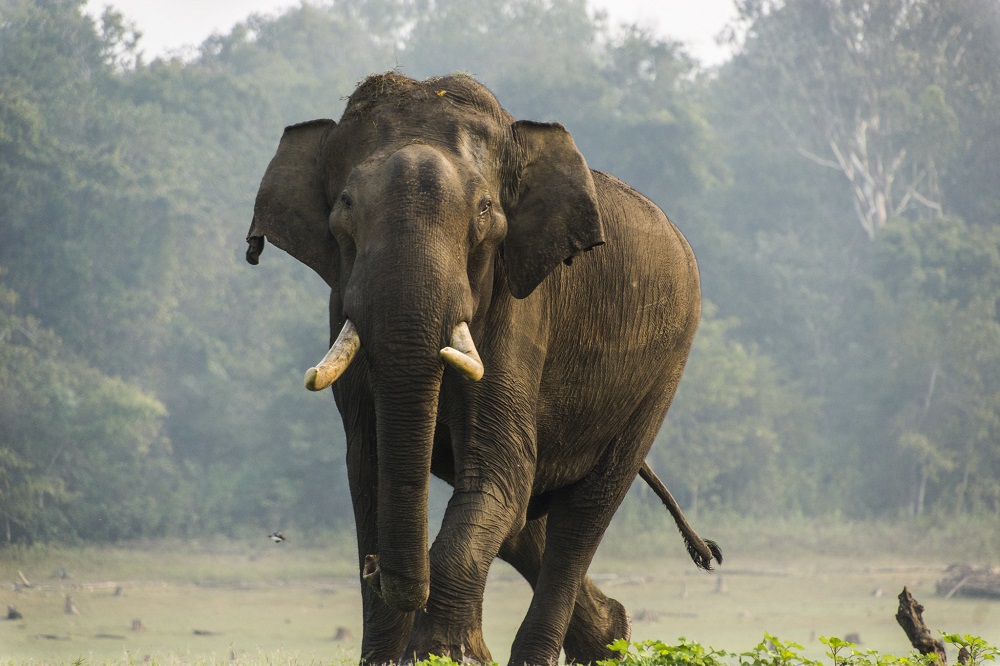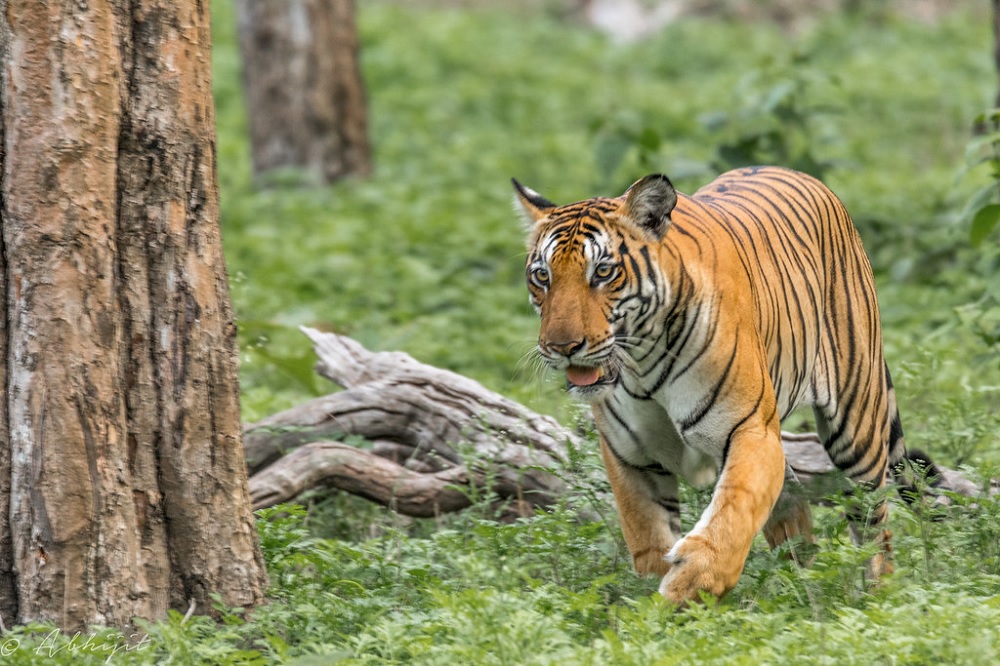Mudumalai National Park
Mudumalai National Park is a declared tiger reserve that is located in the northeast of Nilgiri Mountain or the blue mountain. It is located in Nilgiri district and shares its borders with Kerala and Karnataka. The park is a home to numerous endangered species like Bengal tiger, long billed vulture, white-rumped vulture, Indian leopard, Indian elephant and others.
The Western Ghats area along with the park is under consideration for recognition as a heritage site, by UNESCO. The total area of the park is 321 square kilometer. The highest peak in the park is at 1,266 meter above mean sea level. Mudumalai National Park connects the Western Ghats with the Eastern Ghats and it is a land with rich diversity. 13% of all mammals found in India are present in this park. The northern part of the park that comes under the reign of Karnataka is called as Bandipur National Park. Bandipur national park along with Mudumalai national park, Wayanad Wildlife Sanctuary and Nagarhole National Park has the highest tiger population in the country.
Different Areas in the Park
The park is widely divided into Masinagudi, Kargudi, Mudumalai, Nellakota and Thepakadu.
Karugudi : Indian leopard is commonly spotted here with other carnivorous. A few dormitories are found in this region. A swamp area in this region is famous for high population of bison and elephants. This is the most scenic area in the whole park.
Masinagudi : A few lodges and resorts are found in the border of the reserved area. Pepper, tea, coffee and other plantations are found near this region. Bird watching is a common activity in this region. Masinagudi is 7 km away from the core area of the park. A few plantations are also found here.
Thepakadu : This is the entrance of the park. Jeeps can be hired to scale the park from here. Elephants can be hired at the reception center in Thepakadu for elephant safari. Spotting predators near Thepakadu is not easy. Buses from other destinations halt at Thepakadu. From Thepakadu, you can hired park-owned vehicles. Famous for elephant camps where tourists can spot and play with elephant calves.
Mudumalai : This is the core park area where mammals and many birds can be spotted. Safari and other activities are focused in this area. No private vehicle is allowed inside the area. Walking is also prohibited. Even park-owned jeeps and buses are allowed to scale up to 15 km into Mudumalai. A few lakes and watering holes are found in this region.
Western Part of Mudumalai : This region is filled with thorn scrubs and dry deciduous forests. This allows a lot of grass varieties and shrubs to thrive. Flowering trees, coral trees, bamboo and elephant grass are common in this area. Spotting elephants, gaur and tiger are easier in this region. Jamun and wild figs are very common.
Flora of Mudumalai National Park
The main flora of the park can be grouped into three categories namely, tropical moist deciduous, tropical dry deciduous and southern tropical dry thorn. The tropical moist deciduous trees are common in the western area of the park where rainfall is heavy than other regions. The tropical dry deciduous forests are common in the middle area where the land is relatively drier. The southern tropical dry thorn forest are found in the southern corner of the park where rainfall is minimal.
Apart from these forests, patches of semi-evergreen tress are found in south and west part of the park. Common trees in this patch are Casseria Ovoides, Cinamomum malabatrum and others. Climbers like sneeze wort are common in this region. Bamboo trees are very common in the park. Two types of bamboospecies thrive in this region. Elephants and gaur are found commonly near bamboo trees. Small strip of forest region predominantly filled with wooded trees near waterbodies are found scattered in the park. Top species found in the riparian forest region are Mangifera indica, Terminalia arjuna, Indian rosewood, bamboo and others. Top animals spotted here are tiger, sambar, gaur and elephant. This forest region is the resting ground for many animals.
Wild species of common plants are found in this park. Top plants to spot are wild ginger, cinnamon, wild rice, guava, pepper, mango, turmeric and others. These act as gene pool. Mixed vegetation is common in certain areas in Mudumalai national park.
Fauna of Mudumalai National Park
The animals are spotted a lot in the dry deciduous area and dry thorn forest region. There are 55 species of mammals in the park. Top mammals that can be spotted are deer, gaur, Indian elephant, Bengal tiger, striped hyena, golden jackal, bonnet macaqe, leopard cat, jungle cat and others. There are around 80 tigers in the park now.
Rodents like Indian giant squirrel, flying squirrel and rats are found here. 102 species are rodents are spotted in the park. Top reptiles to spot here are spectacled cobra, Asian pit vipers, python, flying lizard, krait and monitor lizard.
8% of bird species found in the country are in Mudumalai national park. 227 species of birds are found here and among those, 110 are insectivores, 23 are fishivores, 62 are carnivores, 20 are granivores and 12 are omnivores. Top birds to spot are black and orange flycatcher, Malabar grey hornbill, Malabar trogon, serpent eagle, mottled wood owl, crested goshawk, minivets, rufous bellied hawk eagle and others.
Climate of Mudumalai National Park
The climate in this park is comparatively warmer than nearby areas. This is due to the vegetation present in the park.
Summer: The summer starts by February. The park will be dry and warm. Spotting animals near water sources will be easier. Sunscreen is essential during this season. Birds are more common and spotting animals with their cubs is easier. Rare showers of rain can be spotted during the end of summer. Summer ends by May.
Monsoon: Monsoon season starts at different time every year. In general, June to September is the rainy season. The park does not receive high levels of shower. Rain is usually short and mild showers with high wind. The vegetation will be green and spotting animals is not easier.
Winter: Winter starts in October and ends by December. The grasses will be thick during this season and the temperature will not fall below 13 degree C. The park receives mild rainfall by the end of November. Spotting large animals is easier during this season. The trail will be wet and muddy. By January, the temperature becomes cool and dry. The mornings will be misty and spotting small animals becomes harder. Approved campfire is very common during this season.
Best Season to Visit Mudumalai National Park
The best time to visit the park is from February to June. During this season, animals come to watering holes and lakes to quench their thirst. Spotting animals near water sources become easier. Bird population is highest during this season due to migration. The vegetation sheds its leaves and will be completely covered with flowers. This is the best season for photography. June to August is the worst time to visit the park.
Wildlife Safari in Mudumalai National Park
Wildlife safari are conducted through jeep and open van. Walking or private vehicles is not allowed inside the park. Elephant ride is also common in the park. The safari covers only 15 km inside the park. Top spots inside the park are watchtower, Ombetta Lake, Circular road, Masaagudi road and others.
Van safari stretches for 30 minutes and 25 people can ride in a van at the same time. The trip costs INR 45 per head. Children below the age of five are not charged. The safari route starts at the office in Thepakadu and drives 10 km into the forest area.
Elephant safari costs INR 100 per head and takes four people in a ride. The trip is for 30 minutes. The cost and time period of private jeep safari depends on the driver. Private jeep safari is not organized by the park. Thejeep safari will not take you into the park. The route focuses on the main roads enveloping the park. Spotting animals is rare in this safari. The jeep safari usually stretches for one hour.
The demand for the elephant and van safari rides is very high and it is advisable to reach the spot at least 30 minutes in prior to the safari starting time to avoid being left out
Wildlife Safari Timings
Van Safari : 6:30 am to 9 am and, 3:30 pm to 6 pm
Elephant safari : 7 am to 8:30 am and, 3:30 pm to 5 pm
Private jeep safari : depends on the availability of the driver
The park is open from morning 7 until evening 6. The park is open throughout the week.
How to Reach Mudumalai National Park
The nearest airport is located in Coimbatore. Coimbatore has an international airport that connect many important destinations around the world. The airport is located 160 km away from Mudumalai national park. From the airport, cabs can be hired to reach the park.
The nearest railway station is in Ooty. If you are travelling from other states, it is better to reach Coimbatore railway station or Ooty railway station and hire a cab or bus to reach the park. Ooty railway station is just 64 km away from the park.
Gudalur is the nearest town to the park. There are numerous minibuses, private buses, government buses and cabs to travel from Ooty, Gudalur, Mysore, Bangalore, Coimbatore and other cities to Thepakadu. From Thepakadu, jeeps or buses can be hired to reach the park. One can reach the park from Ooty through two different paths. The path covering Kallatty has routes covering natural forests and hairpin bends. The path covering the national highway of Gudalur is a well-established road through cities.
Distance between major cities and Mudumalai National Park
- Coimbatore and Mudumalai national park – 160 km
- Gudalur and Mudumalai national park – 16 km
- Mysore and Mudumalai national park – 90 km
- Ooty and Mudumalai national park – 64 km
- Bangalore and Mudumalai national park – 245 km
- Thorapalli and Mudumalai national park – 7 km
- Gundalpet and Mudumalai national park – 30 km
Best Places to Stay in Mudumalai
- Jungle retreat, Bokkapuram village
- Forest hills farm and guest house, Bokkapuram village
- Jungle Hut guest house, Bokkapuram village
- Bamboo banks farm house, Masinagudi
- Sylvan lodge, Thepakadu
- Hotel Tamil Nadu, Mudumalai national park
- Monarch safari park, Masinagudi
- Chital walk, Mudumalai national park
Conservation History of Mudumalai National Park
The term mudumalai is loosely translated as land of ancient hills. It is one of the oldest sanctuaries in the country which is famous for changing topography with regards to the climate. In summer, the park gets a floral outlook as the trees shed all the leaves. In the monsoon, the trees will be filled with fruits. Prior to 1940s, the park was a game reserve and covered 62 square km area. By early 1940s, Madras Presidency took control over the park and declared it as a national park. In 2007, the park was declared as a tiger reserve under the wildlife protection act of 1972.
There are around 80 tigers inside the park now. 350 tribal families who lived inside the core area of the park were relocated and were given INR 10 lakhs as compensation. Five kilometer around the park was marked as buffer. Residents in the buffer area were not relocated. These people work as guides to tourists.


